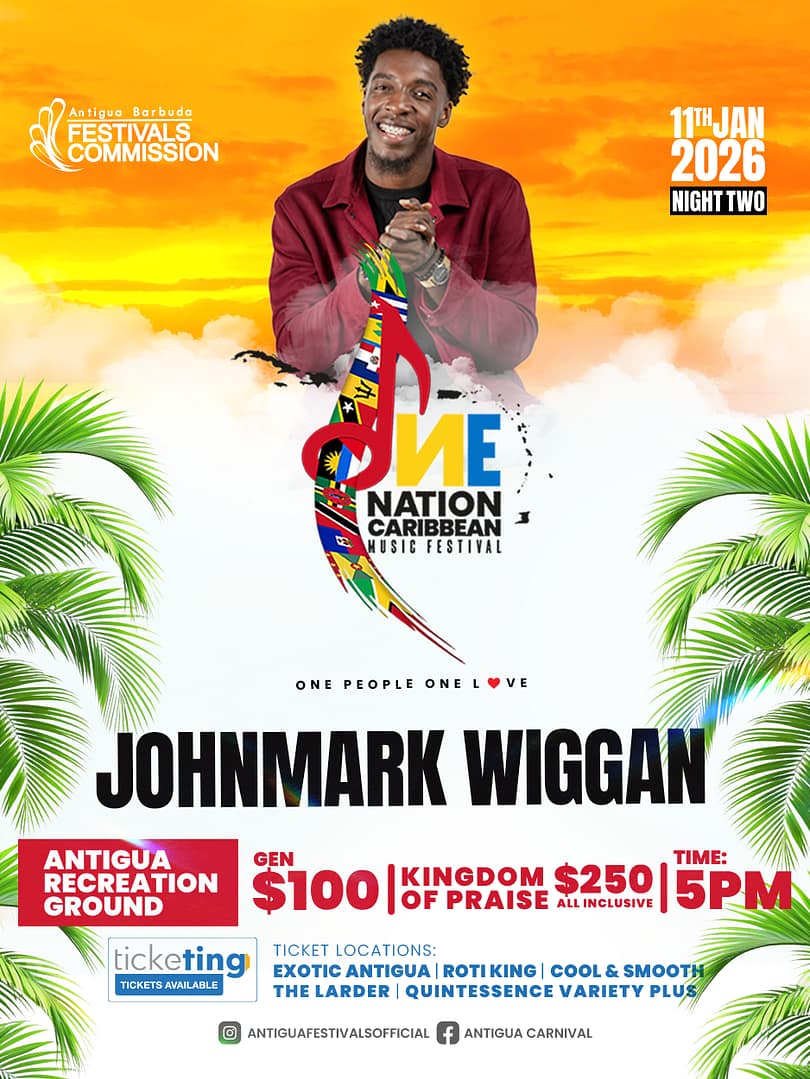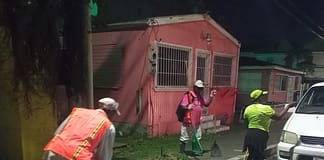
CLICK HERE TO JOIN OUR WHAT’S APP GROUP
Venezuela says it is launching a “massive mobilization” of military personnel, weapons and equipment in response to the build-up of US warships and troops in the Caribbean Sea.
Land, air, naval and reserve forces will carry out exercises through Wednesday, according to Defense Minister Vladimir Padrino López, who described the deployment as a response to the “imperialist threat” posed by the US build-up.
In addition to regular military units, the exercises will involve the Bolivarian Militia – a reserve force made up of civilians that was created by the late President Hugo Chávez and is named after Simon Bolivar, the revolutionary who secured the independence of numerous Latin American countries from Spain.
Padrino López, who attributed the order directly to Venezuelan President Nicolas Maduro, said the objective of the exercise was to “optimize command, control and communications” and ensure the defense of the country.
The move comes amid increasing tension between the two countries as the US build-up continues. On Tuesday, the US Navy announced the aircraft carrier USS Gerald R. Ford – America’s largest warship – had arrived in the US Southern Command area of operations, which includes most of Latin America.
US Defense Secretary Pete Hegseth ordered the Ford to make its way to the Caribbean from Europe late last month.
The strike group accompanying the Ford brings with it nine air squadrons, two Arleigh Burke-class guided missile destroyers – the USS Bainbridge and USS Mahan – the integrated air and missile defense command ship USS Winston S. Churchill, and more than 4,000 sailors.
The US has framed its build-up of forces in the region as aimed at combating drug trafficking and the flow of drugs into the United States, and has carried out strikes on numerous alleged drug boats in recent weeks.

A F/A-18E Super Hornet fighter aircraft flies over the USS Gerald R. Ford on November 5, 2025. Seaman Alyssa Joy/US Navy
However, Caracas believes the US is really trying to force regime change and some Trump administration officials have privately conceded their strategy is aimed at removing Maduro.
Last month, Trump said he had authorized the CIA to operate in Venezuela and he has previously suggested he was weighing the possibility of strikes inside the country – though administration officials have since said the US is not currently planning such action.
In his statement Tuesday, Padrino López framed the deployment of the Venezuelan forces as part of Maduro’s wider “Independence Plan 200” – a civic-military strategy aimed at mobilizing conventional military forces alongside militia and police forces to defend the country.
Venezuela’s conventional military, the Bolivarian National Armed Forces, has some 123,000 members. Maduro has also claimed that his volunteer militias now have more than 8 million reservists, though experts have called into question that number as well as the quality of the troops’ training.
With the arrival of the Ford, there are thought to be roughly 15,000 US personnel in the region.
A significant percentage of all deployed US naval assets were already in the region before the arrival of the Ford group, including the Iwo Jima Amphibious Ready Group and the 22nd Marine Expeditionary Unit, amounting to more than 4,500 Marines and sailors, three guided-missile destroyers, an attack submarine, a special operations ship, a guided missile cruiser and P-8 Poseidon reconnaissance aircraft.
At the same time, the US has deployed 10 F-35 fighter jets to Puerto Rico, which has become a hub for the US military as part of the increased focus on the Caribbean. The US has also deployed at least three MQ-9 reaper drones to the island, according to images captured by Reuters in Aguadilla, Puerto Rico. Alongside the hardware, there are thought to be around 5,000 US troops in Puerto Rico.
US bombers have also flown several training missions near the Venezuelan coast, including a bomber “attack demonstration” in late October.
CNN’s Haley Britzky contributed.
CLICK HERE TO JOIN OUR WHAT’S APP GROUP
CLICK HERE TO JOIN OUR WHAT’S APP GROUP
CLICK HERE TO JOIN OUR WHAT’S APP GROUP
CLICK HERE TO JOIN OUR WHAT’S APP GROUP
CLICK HERE TO JOIN OUR WHAT’S APP GROUP
CLICK HERE TO JOIN OUR WHAT’S APP GROUP
CLICK HERE TO JOIN OUR WHAT’S APP GROUP
CLICK HERE TO JOIN OUR WHAT’S APP GROUP
CLICK HERE TO JOIN OUR WHAT’S APP GROUP
CLICK HERE TO JOIN OUR WHAT’S APP GROUP
CLICK HERE TO JOIN OUR WHAT’S APP GROUP
CLICK HERE TO JOIN OUR WHAT’S APP GROUP
CLICK HERE TO JOIN OUR WHAT’S APP GROUP
CLICK HERE TO JOIN OUR WHAT’S APP GROUP
CLICK HERE TO JOIN OUR WHAT’S APP GROUP
CLICK HERE TO JOIN OUR WHAT’S APP GROUP
CLICK HERE TO JOIN OUR WHAT’S APP GROUP
CLICK HERE TO JOIN OUR WHAT’S APP GROUP
CLICK HERE TO JOIN OUR WHAT’S APP GROUP
CLICK HERE TO JOIN OUR WHAT’S APP GROUP
Advertise with the mоѕt vіѕіtеd nеwѕ ѕіtе іn Antigua!
We offer fully customizable and flexible digital marketing packages.
Contact us at [email protected]


















LMAO!!!!!!!!! Ur all gonna get blown to smitherines!!! I hope those soldiers are smart enough to abandon their post when those missiles start coming in…….Venezuelan Missile defence radars will be JAMMED and will not be effective…..EASY KILLS FOR THE US…HOOAH!!!!!!!!!
Remembered Russia did the same thing, by moving their war vessels to the outskirt of Ukraine, while at that the same time telling us this have nothing to do with attacking Ukraine, now look what we have. The same way Russia dislikes the Ukraine President, is the same way the US dislikes Venezuela President. The difference is Ukraine was once part of the Soviet Union, but Venezuela on the other hand was never a US territory, so why would you send your largest carrier, along with so many war vessels to our Caribbean, plus your Base in Puerto Rico? Intimidation! Haiti been in crisis for ever we one little man doing what ever he please and it continues.
A war on one Caribbean island will destroy the entire Caribbean, so if Trinidad thinks they will be shielded from this they’re making a big mistake. US may win in the end, so as Russia in Ukraine but the damages and rebuilding plus lives lost, one will never forget. The power to just massacred people in international waters without having to show any real drug evidence, when all this can be done differently is unheard of.
Question who honestly believe the war in the middle east and the madness between India and Pakistan is truly over? World Power.
Maduro is widely considered a dictator, leading an authoritarian government characterized by electoral fraud, serious human rights abuses, rampant corruption, and severe economic hardship. Between 2013 and 2023, Venezuela dropped 42 places in the Press Freedom Index. According to estimations by the United Nations (UN) and Human Rights Watch, under Maduro’s administration, more than 20,000 people have been subject to extrajudicial killings and seven million Venezuelans have been forced to flee the country. Ohhhh The precious Maduro, ohhh the precious Saddam Hussien, ohhh The precious Gadaffi ohhh my the poor nice nice people those Bullies up north always messing with……BOOHOOO!!!!
Agreed
Don’t forget Maduro has also threatened Guyana. When someone threatens you believe them.
There isn’t much I can add like I have before, except a country can rarely justify invading a country and as far as I currently know never been able to do so unprovoked especially for the reason America has for Venezuela which is for it’s mass oil reserves and their refusal to allow it be mined by private companies.
Comments are closed.